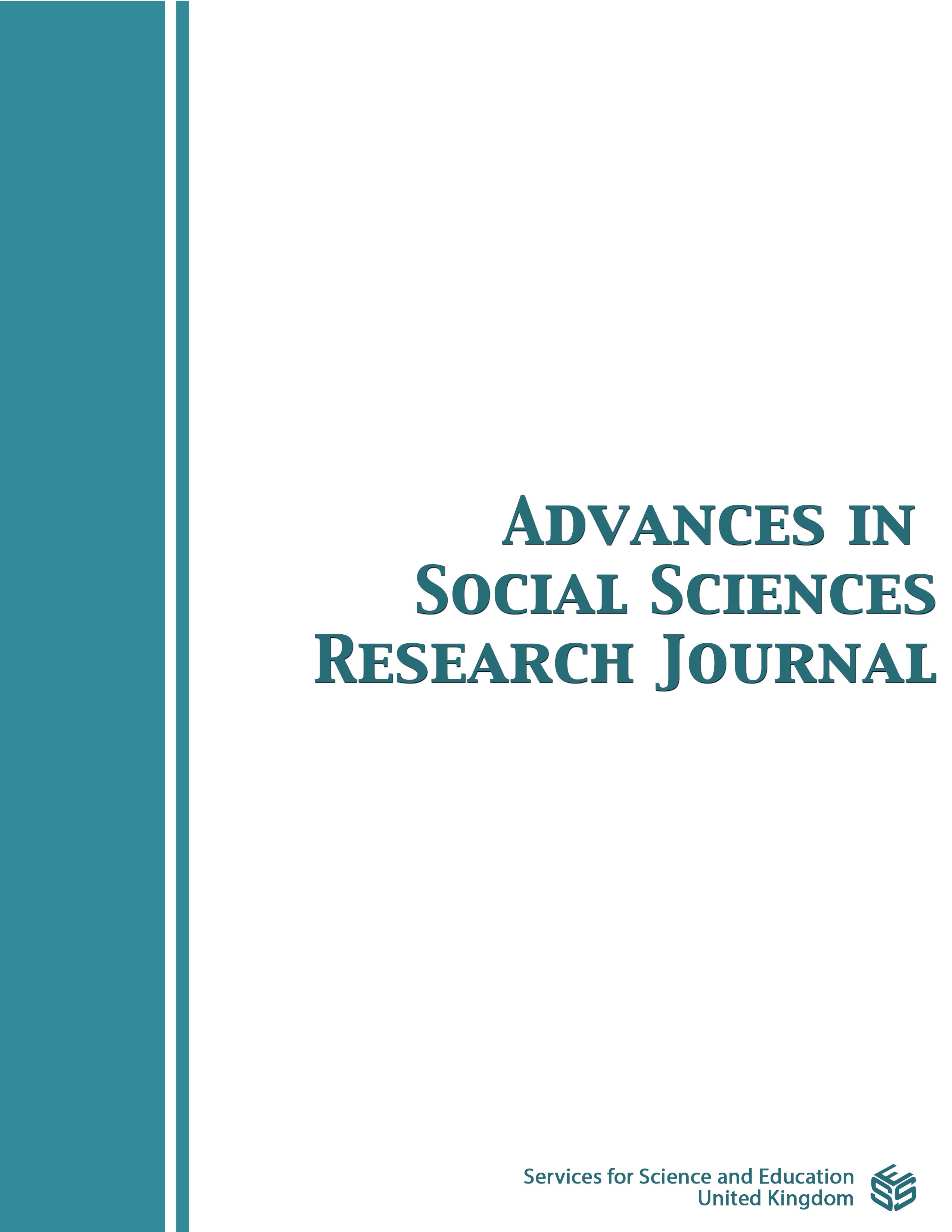Finding an Effectiveness of Teaching Methodology of Arabic Language Communication in Sultan Sherif Ali Islamic University (UNISSA): A Case Study of the Faculty of Usuluddinn UNISSA
DOI:
https://doi.org/10.14738/assrj.118.17373Keywords:
Teaching, methodology, Arabic, Language, communicationAbstract
This research aims to introducing the effectiveness of methodology of teaching Arabic language communication in the Faculty of Usuluddin, university of Sultan Sharif Ali (UNISSA), Brunei Sultanate, Darussalam. The researchers have distributed the questionnaires to the students of Level one in the same faculty, the same university, who attended Arabic Language Communication class, 2024 session. They were 12 students among overall number of 30 students, (which sampled 40%). After these students arrived at the required data, they carried out quantitative and evaluative analysis to arrive at the required results. This research finds that the positive aspects of methods of teaching Arabic Language Communication in Sultan Sheriff Ali Islamic University is that teacher communicates in Arabic Language when he teaches Arabic Language communication in the University of Sultan Sheriff Ali with the percentage of (93.3%); that the teacher requires students to communicate within themselves with Arabic language on topics relating to daily conversation under (90%); that he records their voices during this exercise in the class; that he makes verbal corrections in the case of mistakes committed by students by listening to this voice record (86.7%); that he requires students to make written conversation within themselves(81.7%); that he presents the students’ written conversation on the screen in the class 88.3%; that he makes correction of errors committed by students on the screen through the use of projector in the class (80%); that he provides enough chance for students, for listening to Arabic voices on topics related to daily conversation(86.7%); that he provides chance for oral conversation within themselves (81.7%); that he uses attractive method in Arabic language communication course (88.3); that he drills the students on four language acquisition skills (86.7). on the negative part, it shows that the teacher does not speak Arabic language when he teaches Arabic Language Communication in the UNISSA (6.7%); that he does not require students to converse orally in Arabic language between themselves (10%); that he does not record the students’ voices during their oral conversation (25%); that he does not make correction on the oral mistakes committed by students (13.3 %); that he does not require students to make written conversation with Arabic language between themselves (18.3%); that he does not presenting students’ conversation on the screen in the class (11.7%); that he does not correct written mistakes of the students on the projector (20%); that he does not provide enough time to students for listening to Arabic voices relating to the topic on daily interaction (13.3%); that he does not give enough time to students for oral conversation relating to the topic on oral conversation between themselves (15%); that he does not provide enough time to students for writing the conversation relating to daily interaction (18.3%); that he does not use the attractive method in the Arabic language communication course (8.3%); that he does not use different types of teaching methodology in Arabic language communication course (11.7%); that he does not drill students on four language acquisition skills (13.3%).
Downloads
Published
How to Cite
Issue
Section
License
Copyright (c) 2024 Achmad Yani Bin Imam Subari, Siti Sara Binti Haji Ahmad, Rafidah Binti Abdullah, Hambali Bin Haji Jaili, Rafizah Binti Abdullah, Nur Basirah Binti Haji Rosmin

This work is licensed under a Creative Commons Attribution 4.0 International License.
Authors wishing to include figures, tables, or text passages that have already been published elsewhere are required to obtain permission from the copyright owner(s) for both the print and online format and to include evidence that such permission has been granted when submitting their papers. Any material received without such evidence will be assumed to originate from the authors.






